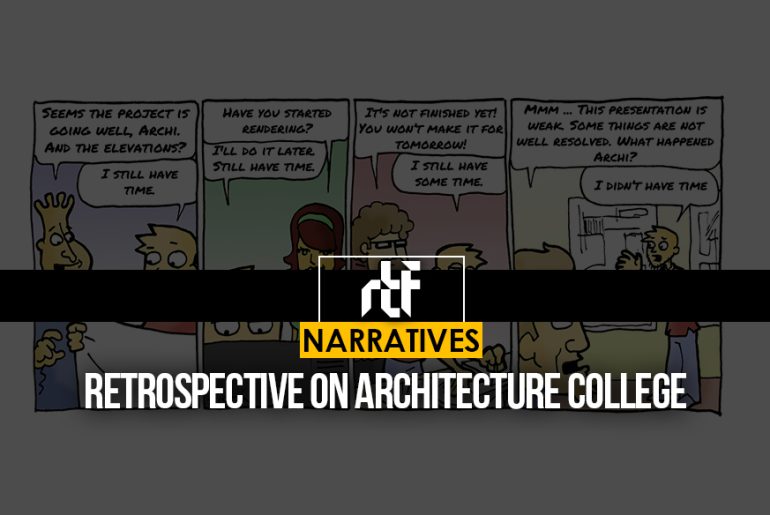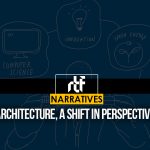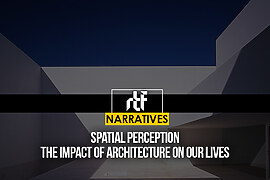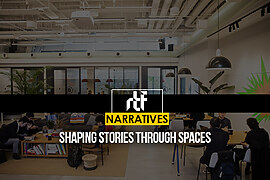At the end of every chapter, it makes sense to review lessons learned, reflect on errors and accomplishments, consider then continuing that way, or take a different path. Having finished my Bachelor’s degree at the Technical University in Munich, I decided to complete a year of practical experience in an architectural office before continuing my educational path.
Here is an excerpt of things I learned during my four years as an architecture student.
Problem-solving
Every architectural task poses a problem. It can be critical on a societal level, supportive on a social level or inspiring on an aesthetic level. The more freely defined the task, the more exciting the process—but at the same time, the more demanding.
It will be tricky; it requires targeted problem-analytical methods to approach the problem adequately and respectfully. It requires a thorough inventory and needs analysis with various methodologies before the actual design part. You will be surprised how much inspiration the preliminary aspect of a design work contains!
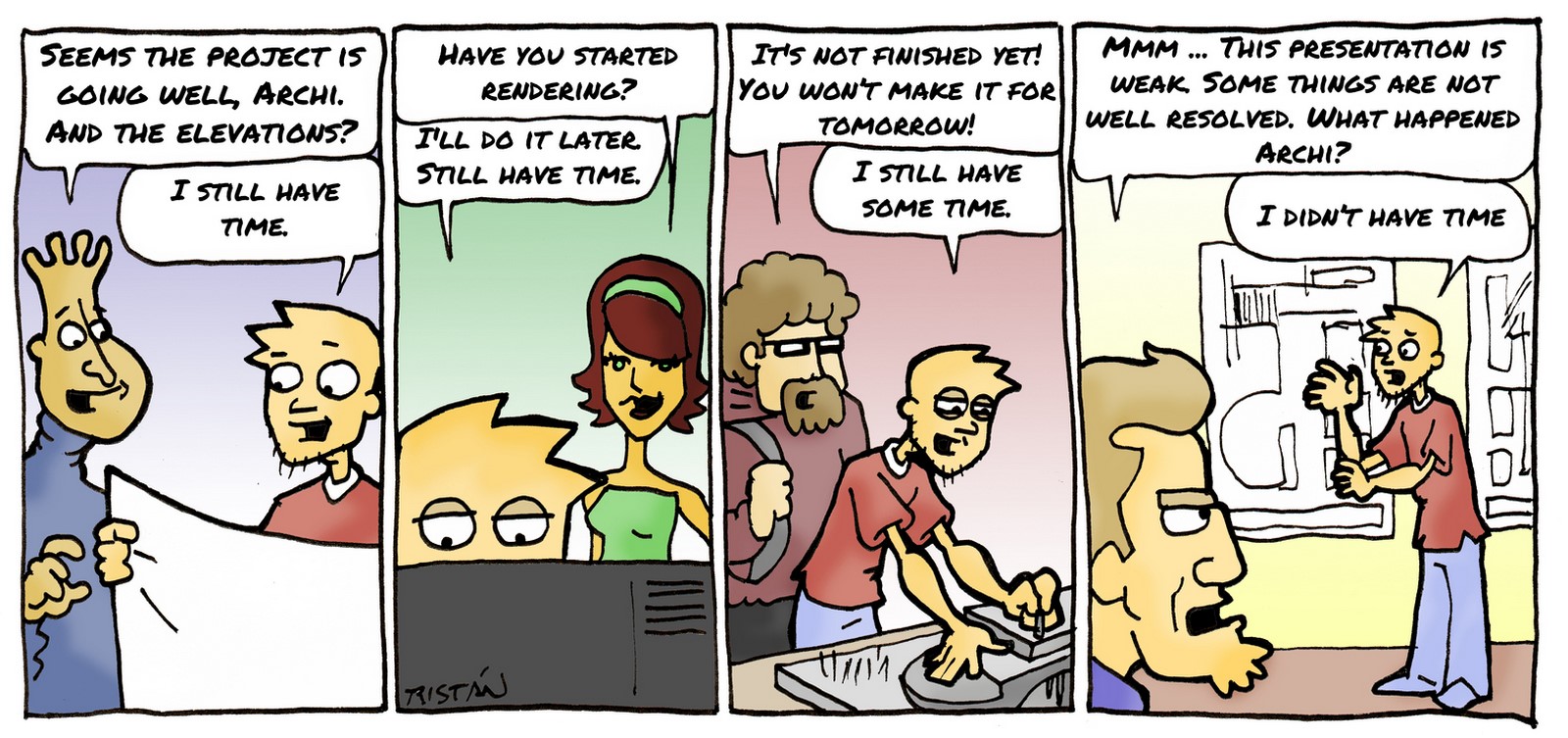
Time Management
Starting with the primary evaluation and ending with the building’s actual construction, a project usually takes years. Students usually deal with the first three phases of a university building process and have up to 6 months to complete the task.
On the side, there are elective modules and then also private life. This time discrepancy between expectations, what one wants to achieve and what one can achieve, intelligent time management is required. It is important to divide tasks into time segments early on.
The time structure of the semester usually helps with this. Nevertheless, the most significant part is up to the student; you have to learn to make sacrifices. Not everything can and has to be perfect, and early on, you know how to decide between quantity and quality.
Group Work
Group work can be either a blessing or a curse, but one must learn to deal with both situations. You could always complete your projects among the same group members according to the principle “never change a running system”, but many vital lessons would be missing: How do I deal with heated discussions? Am I willing to compromise? What do I do if the group partner is not ready to compromise? Can I give in for the sake of the project? How do I deal with my own or the other person’s ego, if hurt or injured? How do I act, when in error? How do I work when I know I am right, but my colleague won’t budge?
At university, you may still be able to choose your group members. If you work in the same team most of the time, you will undoubtedly learn identical technical skills, but you will miss the chance to mature interpersonally. In your job, at the latest, you’re assigned to projects, and sooner or later you’ll have to work with someone with whom you don’t get along right away, and that’s where sensitivity and diplomacy are worth their weight in gold.
Drawing programmes
Concerning the use of drawing programmes, we were given a far too brief introduction to programmes, primarily our main drawing tool—in our case Archicad. Nobody taught us essential programmes such as Photoshop and Indesign at all. But as in everything, the motto is: learning by doing. It is beneficial in the long run to take the time to understand the programme you are using with the help of online tutorials and keep working on optimising your patterns of work.
Yet another thing became apparent: if you repeatedly do the same action, in 9 out of 10 cases there is a shortcut for it—as soon as you notice that you are working awkwardly, research a workaround.
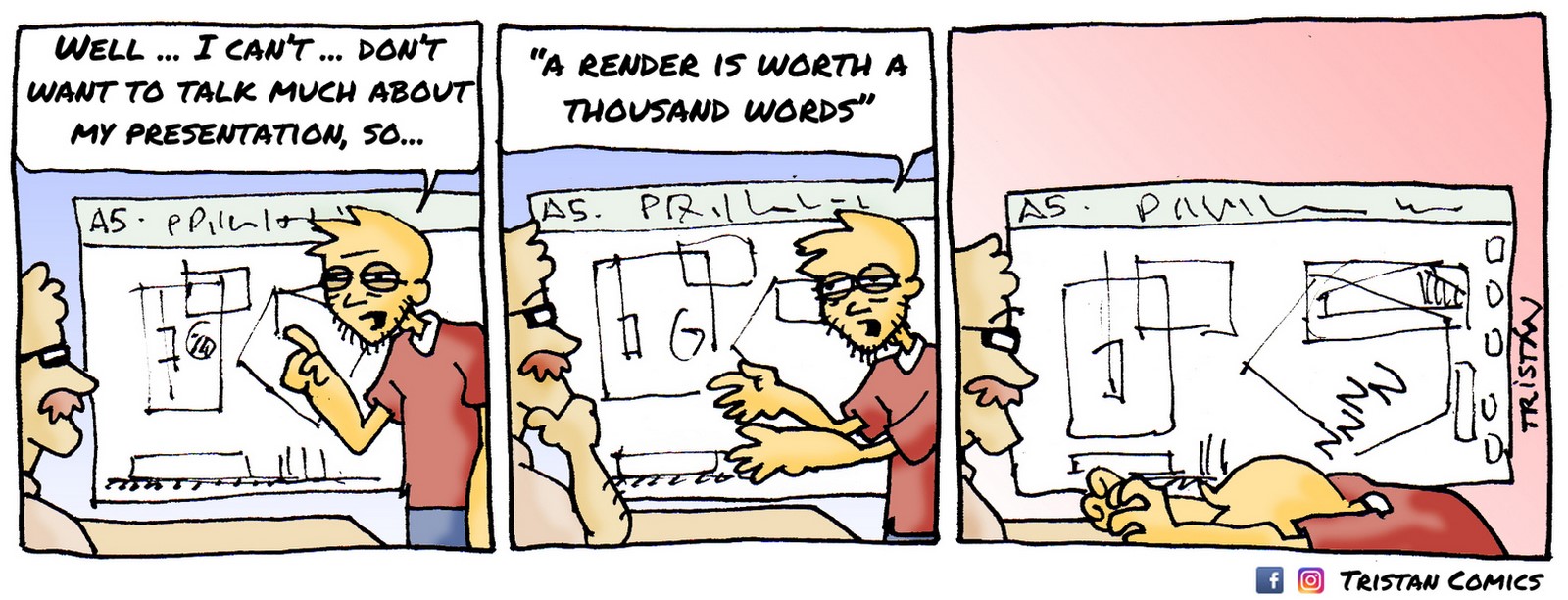
Presentation skills
One quickly realises that the best idea is only as good as the creative mind’s ability to convey it appropriately and compellingly. Every project, no matter how good, can fail because of a bad presentation. Furthermore, it is advantageous to be aware of this fact. Always handing the microphone over to other group members and letting others present for you only works up to a certain point in time.
Therefore, try to take significant risks early on in your studies and suggest introducing the presentation. It gets more comfortable with time; you become more practised, more eloquent—to the point where it’s hardly an overcoming. Until then: Fake it ’til you make it, as there’s nothing more uncomfortable than an insecure referee, and the focus should be on your project!
Equipment
Tight spending doesn’t pay off, especially when it comes to the necessary equipment. It is advisable from the outset – and much more sustainable – to buy right, reputable products and use them for the long term, instead of consuming disposable products. We also improve the quality of our projects with the right tools.
Examples: A good to outstanding laptop with sufficient memory and a reliable graphic card combined with a memory card are the “basic needs of an architect” and irreplaceable or indispensable. We will spend most of our time studying with the help of it.
The skill of note-taking
It will make your life and acing exams easier if you have at least some of your notes at the end of the semester. Assume that the professors have laid out the syllabus favouring your educational growth and not the opposite.
If you have a design project and related elective modules, you will find yourself experiencing enormously helpful inspiration in the subjects in most cases. There is nothing more annoying than studying for a topic at the end of the semester and thinking “I wish I had known that for my project, that would have been enriching”.
Work neatly
“Work smart, not hard” definitely has its justification. Sometimes, however, there is no way around working for hours to transfer your sketches into digital form. And that requires precision and patience. Especially if you have a robust basic concept, or are working with stock, it’s essential to take the time to get the plans right. It catches up with you if you take the shortcut and perform poorly.
Then you spend the stressful final phase trying to fix the plans instead of having the time to get the most out of the idea design-wise. Draw with dimensions, not according to the eye—half a millimetre does make a difference in the end.
Don’t be lazy
A treacherous characteristic of humans is their cosiness. This habit, combined with a large amount of self-study in architectural studies, causes the following big problem: You spend hours learning a programme to become a professional at it.
Mastering a new skill requires time, patience and diligence. Suppose you now work in a group in which each group member has conquered a different skill. On the one hand, a considerable advantage for the semester project. The likelihood that each “specialist” will take on their part is self-evident due to the lack of time.
Consequently, everyone becomes even better at improving their talent, but unfortunately, you will find yourself missing out on trying out diverse skills!
Be proud, but not arrogant.
When it comes to promoting your ideas, the right attitude is a challenging subject that has to be dealt with very diplomatically. Many students find themselves complaining about how subjectively and unfairly they have been treated, and many take this route, especially early in their studies. I was no exception to this! Still, it is essential to learn to leave your pride at home on reviews. On the one hand, you have to defend your position on the design. In the end, you are the one who put the work in, so don’t expect anyone but yourself to have your back when it comes to critiquing. Try to see it like you are marketing yourself. On the other hand, be humble enough to understand your level of experience and accept professors or even further developed peoples’ critique.
The skill of Empathy
The best projects result through a targeted, emphatic analysis of needs. It requires sensitivity, research, and motivation to see the project as representing not oneself but for others’ needs. However, it always pays off, because, in the end, we are service providers, and if we don’t design to suit the target group, you may not find acceptance.
Be empathetic within your project but also with your fellow students. We’re all in the same boat, and there’s no point in antagonising each other. Don’t shame people, help each other, and see that your colleagues will be more likely to help you back.
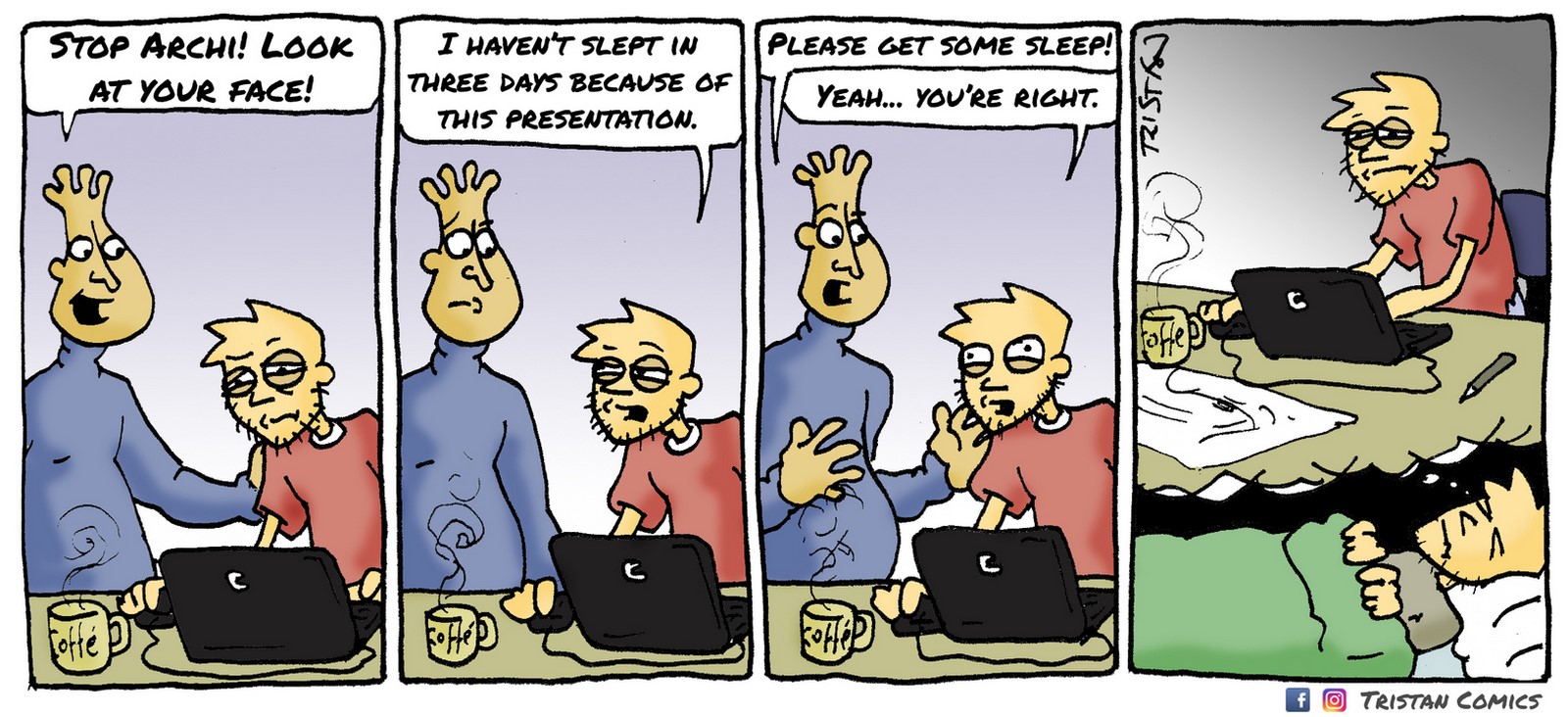
Take care
Studying architecture is a very time-consuming, resource-consuming and exhausting course of study. While at the same time you can find a lot of joy, a constant and inspiring social environment and exciting tasks, it quickly becomes too much.
Therefore: take care of your physical and mental health, because it’s not worth exposing yourself to too much stress so early on. Nurture your friendships and relationships and party as much as you can for as long as you can. If there’s one aspect I can take with me into the Master’s programme, it’s the following: Life is, but also, is more than architecture.


